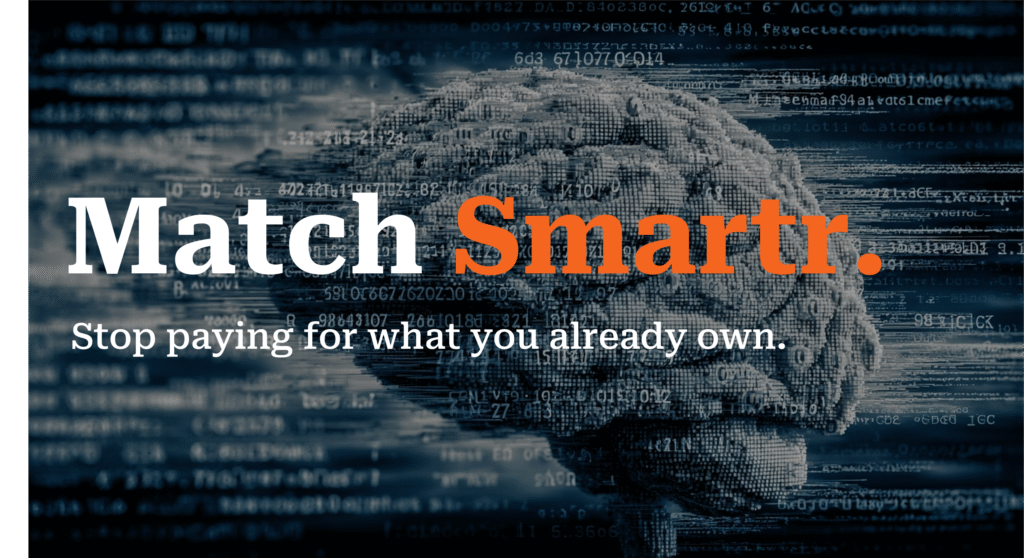Recruiting is often seen as a numbers game: resumes, screenings, interviews, and offer letters. This structured approach gives recruiters a sense of control over the entire process. As a result, Talent Acquisition professionals often pride themselves on being fair and data-driven. And yet, the outcomes often tell a different story.
Why do we still see companies hiring from the same schools, choosing candidates who simply “feel right,” or consistently overlooking profiles with certain characteristics? The answer isn’t simple, and it rarely stems from malice or ill intent. The real reason lies in how the human brain works: it’s built for efficiency, not fairness.
A concept in psychology that helps explain this is heuristics. These are mental shortcuts we use to make decisions quickly. They’re helpful for everyday choices like picking produce or navigating traffic, but they don’t work as well when you’re evaluating people.
In hiring, heuristics often show up as bias, especially in three common forms:
1. Affinity Bias
We prefer candidates who remind us of ourselves.
Example: A recruiter sees two resumes with nearly identical qualifications. One candidate attended the same university and fraternity as the recruiter. Without realizing it, the recruiter feels a connection and rates that resume more highly.
2. Confirmation Bias
We look for evidence to support beliefs we already hold about a candidate.
Example: A hiring manager believes military school graduates aren’t as strong as traditional computer science majors. While reviewing a military school graduate’s resume, they notice a typo and dismiss the candidate as “sloppy.” Meanwhile, they overlook similar flaws in resumes from candidates attending traditional schools.
3. Attribution Bias
We attribute someone’ s success or failure to their character rather than external circumstances.
Example: A resume shows a one-year employment gap during the pandemic. The recruiter assumes the candidate is unmotivated and sets the resume aside. Yet, if the recruiter had the same gap on their own resume, they’d explain it as a result of the tough job market or personal responsibilities.
Even well-meaning recruiters can unintentionally let bias creep into their process. One of the most common places this happens is during resume screening. A single standout trait that resonates with a recruiter can shape their entire perception of a candidate, leading to more qualified individuals being overlooked. These are biases that both humans and AI tools alike can reflect.
Interviews are another key point where bias can take hold. Research shows that interviewers often form an impression in the first few minutes and then spend the rest of the conversation looking for evidence to confirm that impression. Once a candidate is seen as a good “fit,” it’s difficult to shift that perception, even if “fit” really means “they’re a lot like me”.
Over time, unchecked bias can create false narratives about candidates. Merit becomes tangled with exposure, familiarity, and perception. The challenge is that we can’t just switch this off– we’re human. Psychology isn’t something you can turn off, but you can build systems to account for it.
Structured interviews with pre-defined questions and scoring, anonymized resume screenings, and tools that highlight bias are all strategies recruiters can use. The goal isn’t to pretend objectivity exists, but instead to design processes that promote fairer, more accurate decisions.
If you’d like to see how Fastr.ai can help reduce bias during resume screening, visit our website to learn how our platform supports a more equitable hiring process.







